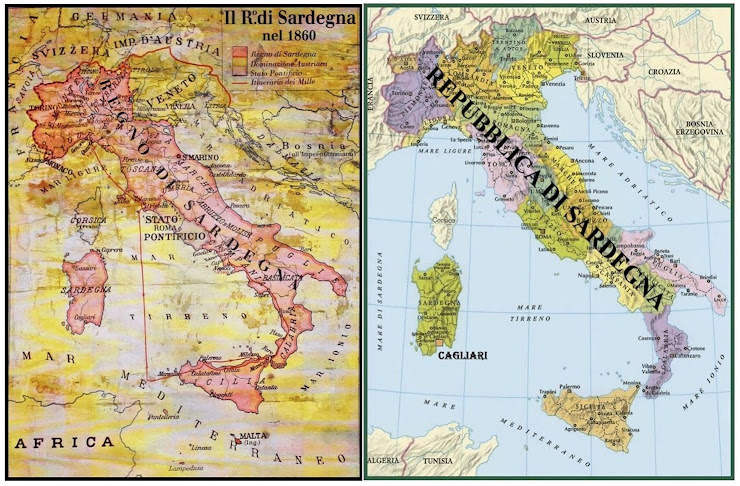Pre-Indo-European hypothesis
There
is toponymic evidence suggesting that the Paleo-Sardinian language
may have had connection to the reconstructed Proto-Basque and
to the pre-Indo-European Iberian
language of Spain.[4] Eduardo
Blasco Ferrer concluded
that it developed in the island in the Neolithic as
a result of prehistoric migration coming from the Iberian
peninsula.[5] The
author in his analysis of the Paleo-Sardinian language find only few
traces of Indo-European influences (*ōsa, *debel- and
perhaps *mara, *pal-, *nava, *sala),
possibly introduced in the
Late Chalcolithic through Liguria.[6] Similarity
between Paleo-Sardinian and Ancient
Ligurian were
also noted by Emidio
De Felice.[7]
Bertoldi
& Terracini[citation
needed] propose
that the common suffix -ara (with
stress on the antepenult)
was a plural marker, and indicated a connection to Iberian or to the
Paleo-Sicilian languages. Terracini claims a similar connection for
the suffix -ànarV,
-ànnarV, -énnarV, -ònnarV,
as in the place name Bonnànnaro.
A suffix -ini also
seems to be characteristic, as in the place name Barùmini.
A suffix or suffixes -arr-,
-err-, -orr-, -urr- have
been claimed to correspond to Numidia (Terracini),
to Iberia (specifically
Basque, Blasco Ferrer), to the south of Italy and Gascony (presumably
Basque, Rohlfs), and to Basque (Wagner, Hubschmid).
The
non-Latin suffixes -ài,
-éi, -òi, -ùi survive
in modern place names based on Latin roots. Terracini sees
connections to Berber. Bertoldi sees an Anatolian connection
in the endings -ài,
-asài (similar
claims have been made of the Elymians of
Sicily). A suffix -aiko is
also common in Iberia and may have a Celtic origin.
The tribal suffix -itani,
-etani,
as in the Sulcitani,
has also been identified as Paleo-Sardinian.



Nessun commento:
Posta un commento